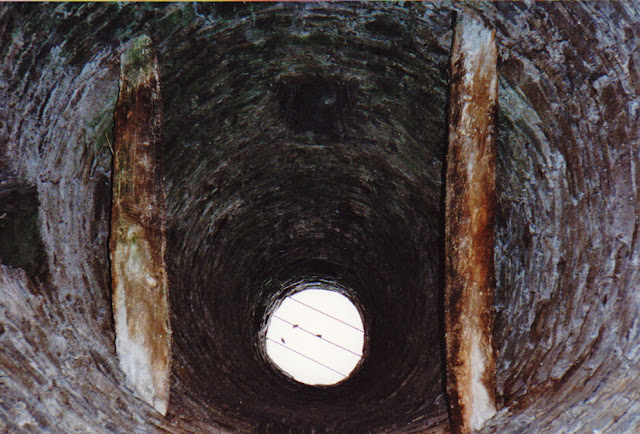A lonely cairn lies on the western tip of Ceann Iar of the Monach Isles. It marks a grave that is occasionally visited by day-trippers during the spring and summer. But most of them know nothing about the history of the man who's buried in this lonely spot.
A metal plaque embedded in the cairn reads:
Lt. W.A. McNeill was born on April 14, 1881 in the Free Church Manse, in Holm parish, Orkney Islands, Scotland. He was the eighth child of sixteen born to Rev. D. McNeill, MD and his wife. William or “Willie” as he was referred to by his family and friends, always had a love for the sea and ships and had to be a sailor.
A metal plaque embedded in the cairn reads:
LIEUTENANT RNR
W.A. MC NEILL
HMS LAURENTIC
25TH JANUARY 1917
Lieutenant William McNeill died when his ship, HMS Laurentic, hit mines off the coast of Donegal, 150 miles due south of the Monachs. Some of the story of Lt McNeill, and a drawing of the Laurentic, can be found at this link. More of the lieutenant's story came to light last week when I was contacted by a relative of William McNeill who lives in British Columbia. Here is the information he provided. 25TH JANUARY 1917
* * *
Lt. W.A. McNeill was born on April 14, 1881 in the Free Church Manse, in Holm parish, Orkney Islands, Scotland. He was the eighth child of sixteen born to Rev. D. McNeill, MD and his wife. William or “Willie” as he was referred to by his family and friends, always had a love for the sea and ships and had to be a sailor.
Shortly after completing high school, around 1900, he went to sea with the merchant navy. In the early years of his career, he attained his Master’s Certificate and became a ship’s officer. He served as an officer on RMS Lusitania for a period shortly before she was sunk on May 7, 1915.
Lt. McNeill was a senior officer on HMS Laurentic when she struck two German mines and sank off Lough Swilly, Northern Ireland on January 25, 1917. Lt. McNeill was one of more than 350 men that were lost.
After a period of time, Lt. McNeill’s body washed up on the shore of Ceann Iar of the Monach Isles, some 150 miles from where he had perished. It is said that the fisherman who found him exclaimed “a McNeill has come home!” as the Outer Hebrides are the ancestral home of Clan McNeill. There is an unconfirmed story that, at roughly the same time, the body of a German submarine officer was washed ashore near the same place, and that the two bodies were buried side by side in two plain coffins made of wooden boxes. It is said that the locals remarked “We buried them together, for in death they were both the same.”
A few days after Lt. McNeill was lost, on January 31, 1917, his younger brother and closest sibling, Sgt. Patrick McNeill died of what was believed to be pneumonia. He had just returned to England after twenty months of combat in the trenches of France and claimed to have not had dry feet in over three weeks.
Lt. McNeill left behind a wife, 18 month old daughter, father and several siblings, one of which was a relatively well known Scottish author, F. Marion McNeill.













































